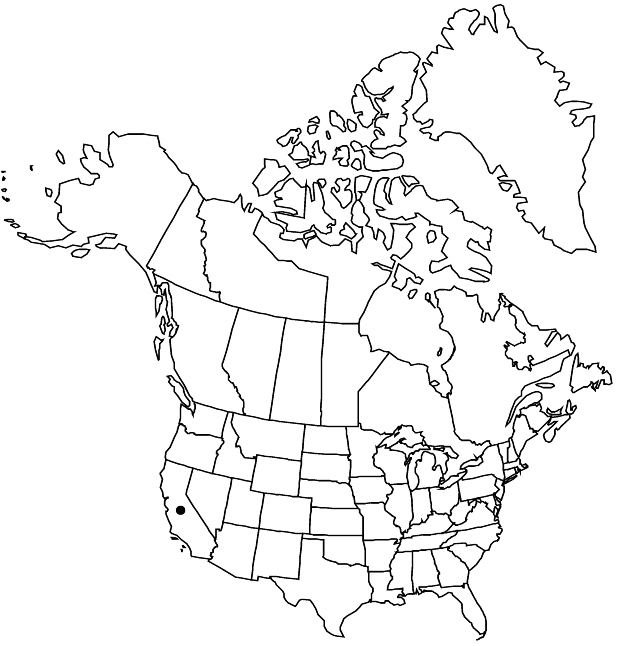Dudleya virens subsp. insularis
Haseltonia 3: 2. 1995 ,.
Caudices to 10 dm × 2–6 (–8) cm. Rosette leaf-blades whitish or sometimes green, triangular-lanceolate, 6–25 × 1–3 cm, surfaces usually farinose. Inflorescences: floral shoots 2–7 dm × 5–15 mm; cyme often ± cylindric; branches 1–3 times bifurcate; cincinni mostly 3–8-flowered, mostly 1–5 cm. Corollas 14–23 mm diam. 2n = 34.
Phenology: Flowering spring.
Habitat: Cliffs and rocky slopes near sea
Elevation: 0-300 m
Discussion
Of conservation concern.
Subspecies insularis grows only on Santa Catalina and San Nicolas islands and on the mainland on sea bluffs at the south base of San Pedro Hill—a former island now connected by the alluvial Los Angeles Plain but related to Santa Catalina and San Clemente islands directly to the south (W. S. T. Smith 1900).
Selected References
None.
Lower Taxa
"dm" is not declared as a valid unit of measurement for this property.
